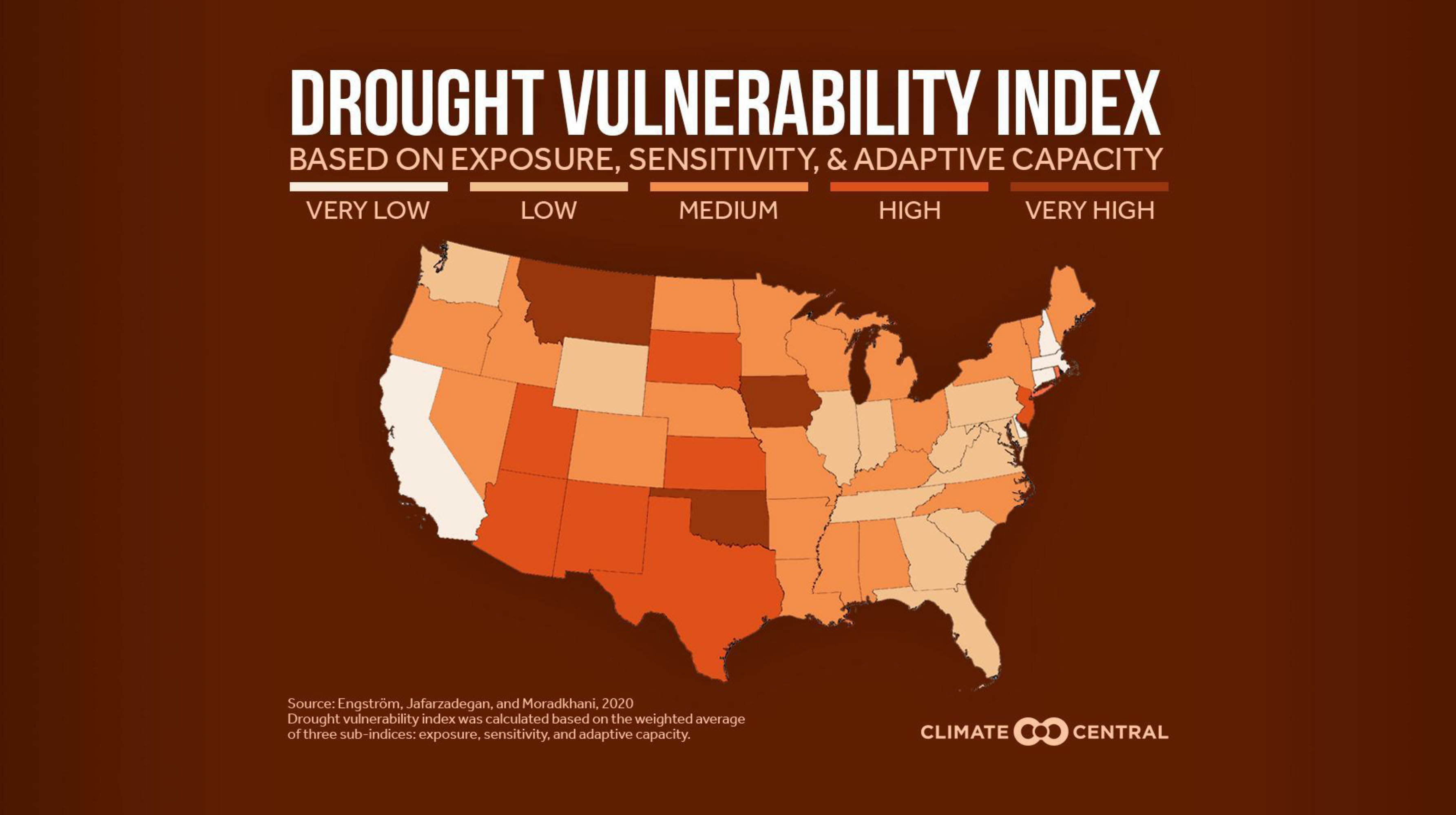Planning ahead for a drought
July 27, 2022
If droughts become more frequent or intense, what needs to change to limit the effects of drought on Iowans?
And in a time of an approaching drought, what do we need to know and when do we need to know it?
Those were some of the questions posed recently during stakeholder meetings of professionals from different disciplines as to the creation of a statewide drought plan.
The Iowa Department of Agriculture and Land Stewardship (IDALS), the Iowa Department of Natural Resources (DNR) and the Iowa Department of Homeland Security and Emergency Management (HSEMD) is hoping for responses and concerns raised will yield a final drought plan that can be utilized across the state.
Being prepared
Tim Hall, chief of the DNR’s Iowa Geological & Water Survey Bureau says defining a drought is sometimes difficult.
“What is a drought? Well by definition it’s a deficiency of precipitation over an extended period of time,” he says.
But that definition can be a bit nebulous given so many factors, including constantly changing weather patterns and other issues like infrastructure, existing moisture levels and more that can occur before and after a period of time that might be labeled as a drought.
Hall and others are hoping for a drought preparedness plan that will be much less hazy and easy to navigate.
“Drought planning is a dynamic process that involves bringing decision makers and stakeholders together to develop a course of action to better prepare for and respond to drought conditions,” Hall says.
He adds that officials want the plan to include:
- Defining the purpose of what the plan will entail.
- Identifying a strategy for tracking and declaring a drought.
- Researching drought occurrences and their impacts.
- Selecting appropriate mitigation and drought response actions.
- Writing and implementing the plan.
“We want to be proactive,” Hall says. “Can we do things right now that will help us down the road?”
He pointed to droughts in Iowa in 1988, 2012 and 2021 as examples of recent response efforts.
“(Iowans) responded well to those events. A drought plan would mean better coordination, better communication and improved response. A drought plan helps us do that. The last thing we want to do is to make it up on the fly,” Hall says.

By the numbers
Since 1895, Iowa’s average daily temperature has increased 1.3 degrees. But that figure may not be the most significant part of the concern for those monitoring drought conditions in the state.
Daytime highs over the past 127 years have actually flatlined, according to Iowa’s state climatologist Dr. Justin Glisan.
“But overnight temperatures have risen,” he says. “Not cooling off as much at night exasperates drought conditions.”
That means the temperature change is happening in the evening and overnight hours when the atmosphere holds more water vapor. That moisture is not released as easily, keeping things dry on the ground. When it finally does rain, it means Iowa is more likely to get heavier bursts of rainfall (3” to 4” or more rain) all at once in parts of the state – some places very wet, while other regions in Iowa very dry.
Glisan noted that precipitation in years prior to the 2012 drought were some of Iowa’s wettest seasons recorded:
Combined with a cool and wet spring, the state’s aquifers were at or near historically high levels in 2011. Soil moisture reserves were near capacity.
And yet, 2012 was a drought year.
Glisan says IDALS’ Climatology Bureau looks at a number of reports and data to determine drought potential and other weather impacts.
He noted a recent Drought Vulnerability Index from Climate Central, an independent group of scientists and communications experts who research climate change.
In their report, Climate Central examined data and trends among the 50 U.S. states, based on exposure, sensitivity and adaptive capacity to drought. In the report, Iowa was among three states (with Montana and Oklahoma) listed as having the worst drought vulnerability.
“We don’t irrigate across the state or have the ability to irrigate,” Glisan says, pointing to the state’s agricultural footprint. “Our crops need water. Corn needs 25 inches of water per year to grow.”
And in recent years where there have been wetter springs and autumns in concert with drier summers, could that indicate a trigger for a drought?
According to the current U.S. Drought Monitor, Iowa is currently seeing drought conditions in northwest Iowa (including extreme drought intensity in Plymouth, Cherokee and Woodbury counties) and pockets of southern and southeast Iowa.
Developing the plan
Following the final virtual stakeholder meeting on Aug. 3, IDALS, the DNR and HSEMD will begin to draft elements of the drought plan.
“The next step is that we will go back and look at common themes … and then start putting the nuts and bolts together,” Hall says.
The final plan is expected by the end of the year, following the draft of the plan and comments and reviews by stakeholders.
“We’d like to have the final draft version in December,” Hall says, adding they want to be prepared should they need to go before the Iowa Legislature to ask for funding for resources.
Officials are hopeful that the development of this plan will help to identify triggers and warning signs so all Iowans are prepared and on alert.
“There’s the risk assessment: What is most vulnerable, when, where and how? There’s the drought response: What should we and could we be doing before, during and after a drought? And based on what data? And then there’s mitigation planning: What can we do now to better prepare for the next drought?” Hall says.
Back